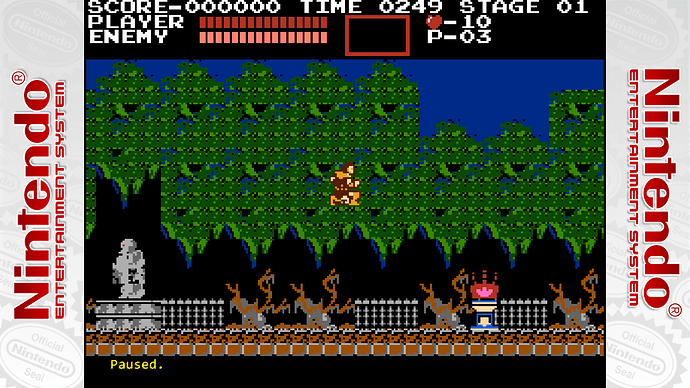We tried getting it to compile for Android but it wouldn’t work - maybe we can get it working at some point in the future (would be nice since I imagine high-end phones can most likely handle it).
The core now allows you to remap the controls as well as select which controllers are plugged into the console. Port 1 to 4 are the usual 2 ports + 2 extra ports on a 4-player adapter. Port 5 is used by the expansion port, which is used by most of the famicom’s input devices. For each port, you can select “Auto” which will automatically select an input device according to the data in the game database, or force a specific input device. Most of the standalone’s devices are supported (power pad, family trainer, party tap, pachinko controller, exciting boxing doll, snes controller, snes mouse, etc.) but some aren’t (family basic keyboard, barcode readers, etc.). The “Ascii Turbo File” and “Battle Box” are external storage devices used by some games (e.g Armadillo supports the battle box), and not actual input devices.
Once an input device is selected (whether via “Auto” or a manual selection), button names matching the input device will be shown (after you close & reopen the control options) and you can map the keys. It’s not ideal (e.g trying to emulate a 12-button power pad on a gamepad isn’t great), but it works.
Also, I fixed a bug introduced in yesterday’s changes that caused issues when changing aspect ratio, overscan, and some other settings.
(Probably will be a couple of hours before this is available on the buildbot)





